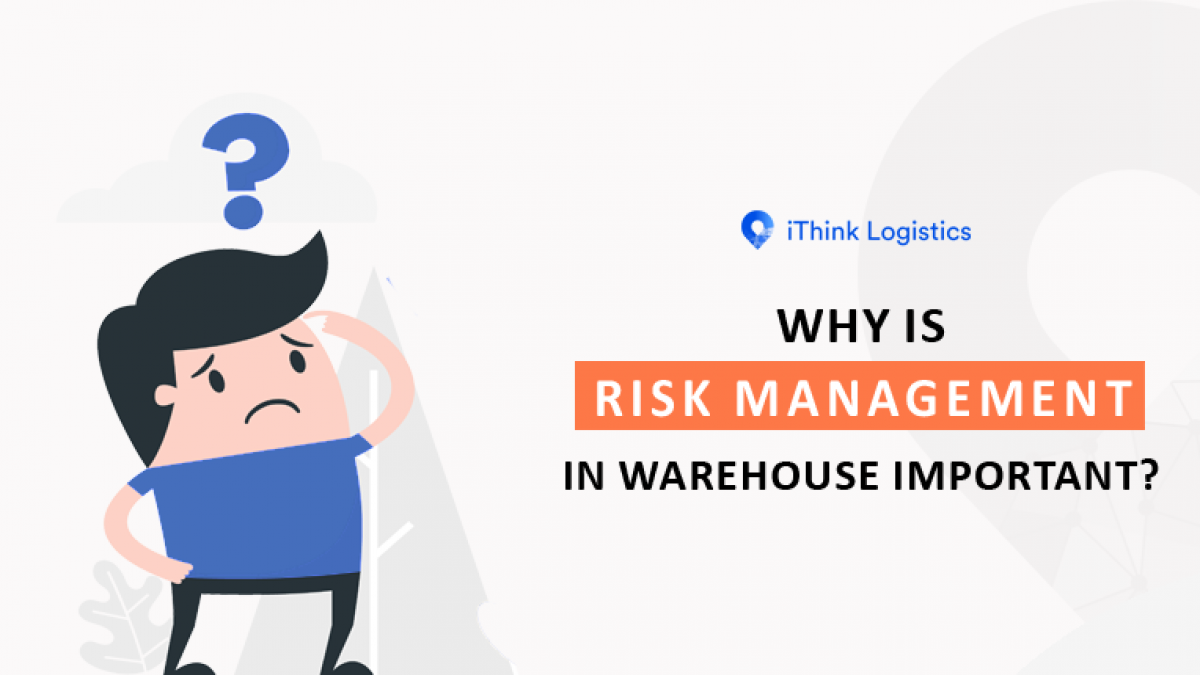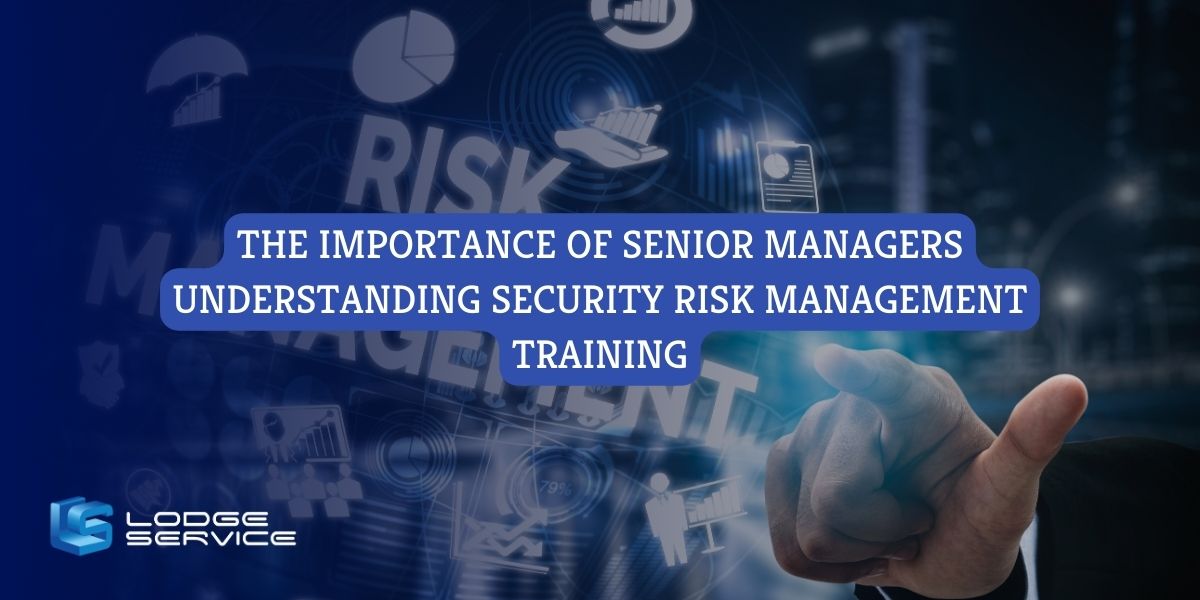Exploring the Increasing Importance of Risk Management in Organizational Strategy
Exploring the Increasing Importance of Risk Management in Organizational Strategy
Blog Article
Checking out the Relevance of Risk Management for Effective Decision-Making Techniques
In the complex globe of business, Risk Management arises as an essential element in the decision-making procedure. The ability to determine possible risks and possibilities, and strategize as necessary, can spell the distinction in between success and failure.
Comprehending the Principle of Risk Management
Risk Management, a crucial part in decision-making, is frequently misinterpreted or oversimplified. Risk Management includes self-displined and organized techniques, making use of information and insightful analyses. From financial uncertainties, legal obligations, calculated Management errors, to crashes and all-natural catastrophes, it addresses different threats - importance of risk management.
The Function of Risk Management in Decision-Making Processes
In the world of critical preparation and service procedures, Risk Management plays an indispensable role in decision-making processes. Risk Management hence becomes a crucial device in decision-making, helping leaders to make educated options based on a detailed understanding of the threats included. Risk Management serves as an important component in the decision-making procedures of any type of organization.

Just How Risk Management Enhances Strategic Preparation
In the context of critical preparation, Risk Management plays a critical function. Starting with the recognition of possible dangers, it better encompasses the execution of Risk mitigation procedures. The role of Risk Management is dynamic yet not static, as it demands continuous surveillance and adjusting of techniques.
Determining Prospective Risks

Applying Risk Mitigation
Risk reduction techniques can vary from Risk evasion, Risk transfer, to risk decrease. Each technique should be customized to the particular Risk, considering its prospective effect and the organization's Risk tolerance. Effective Risk mitigation requires a deep understanding of the Risk landscape and the prospective influence of each Risk.
Tracking and Adjusting Strategies
Though Risk reduction is an essential step in strategic preparation, continual surveillance and change of these methods is just as crucial. It likewise offers a possibility to examine the success of the Risk Management measures, allowing changes to be made where essential, more boosting critical planning. Monitoring and adjusting Risk Management methods is an important element for boosting a company's strength and critical preparation.
Case Studies: Effective Risk Management and Decision-Making
In the globe of company and financing, successful Risk Management and decision-making usually offer as the pillars of flourishing enterprises. One such entity is a multinational oil company that mitigated economic loss by hedging versus fluctuating oil rates. In one more circumstances, a tech startup flourished by determining and accepting high-risk, high-reward approaches in an unpredictable market. An international financial institution, encountered with governing unpredictabilities, efficiently browsed visit the website the circumstance with positive Risk assessment and vibrant decision-making. These cases highlight the value of astute Risk Management in decision-making processes. It is not the lack of Risk, however the Management of it, that frequently sets apart effective firms from not successful ones. These situations underscore the important duty of Risk Management in calculated decision-making. importance of risk management.
Tools and Methods for Efficient Risk Management
Browsing the detailed maze of Risk Management calls for the appropriate collection of techniques and devices. These devices, such as Risk registers and heat maps, help article source in determining and examining prospective dangers. Techniques consist of both quantitative methods, like level of sensitivity analysis, and qualitative methods, such as SWOT analysis. These aid in prioritizing threats based on their potential impact and possibility. Risk reaction approaches, a crucial part of Risk Management, entail approving, avoiding, transferring, or mitigating dangers. Tracking and managing threats, with normal audits and testimonials, ensure that the methods continue to be efficient. With these methods and devices, decision-makers can browse the facility landscape of Risk Management, therefore helping with notified and efficient decision-making.
Future Fads in Risk Management and Decision-Making Strategies
As we discover the huge landscape of Risk Management, it comes to be obvious that the strategies and devices used today will continue to develop. The concept of Risk culture, where every member of a company is conscious and entailed in Risk Management, will certainly gain much more importance. These fads herald a more comprehensive and aggressive approach towards Risk Management and decision-making.
Final thought

Risk Management thus ends up being an essential tool in decision-making, helping leaders to make enlightened choices based on a detailed understanding of the threats entailed. Risk mitigation techniques can vary from Risk avoidance, Risk transfer, to take the chance of decrease (importance of risk management). Reliable Risk reduction calls for a deep his explanation understanding of the Risk landscape and the possible impact of each Risk. Risk reaction techniques, an essential component of Risk Management, entail accepting, avoiding, moving, or mitigating risks. The principle of Risk culture, where every member of a company is mindful and included in Risk Management, will certainly get much more prestige
Report this page